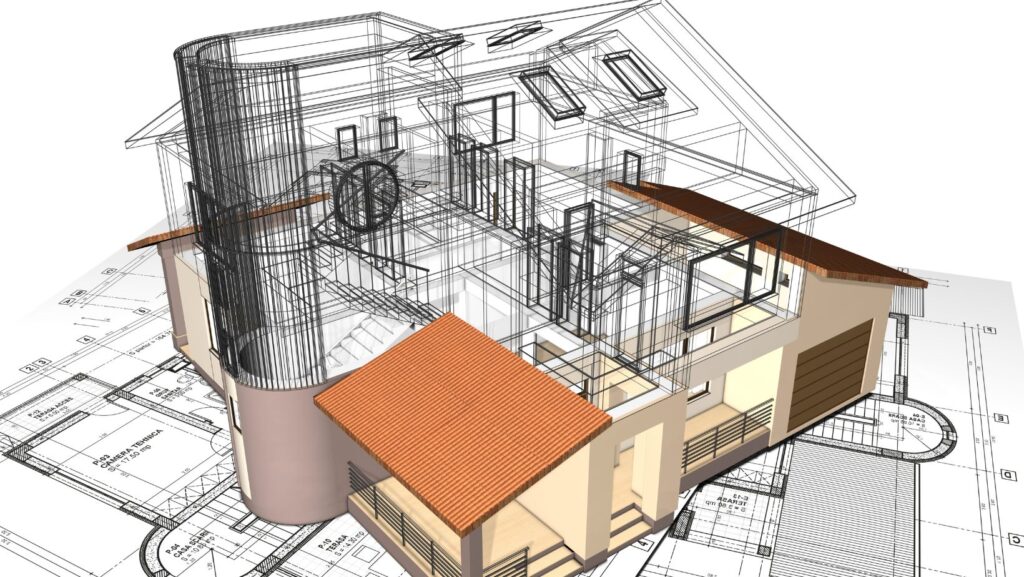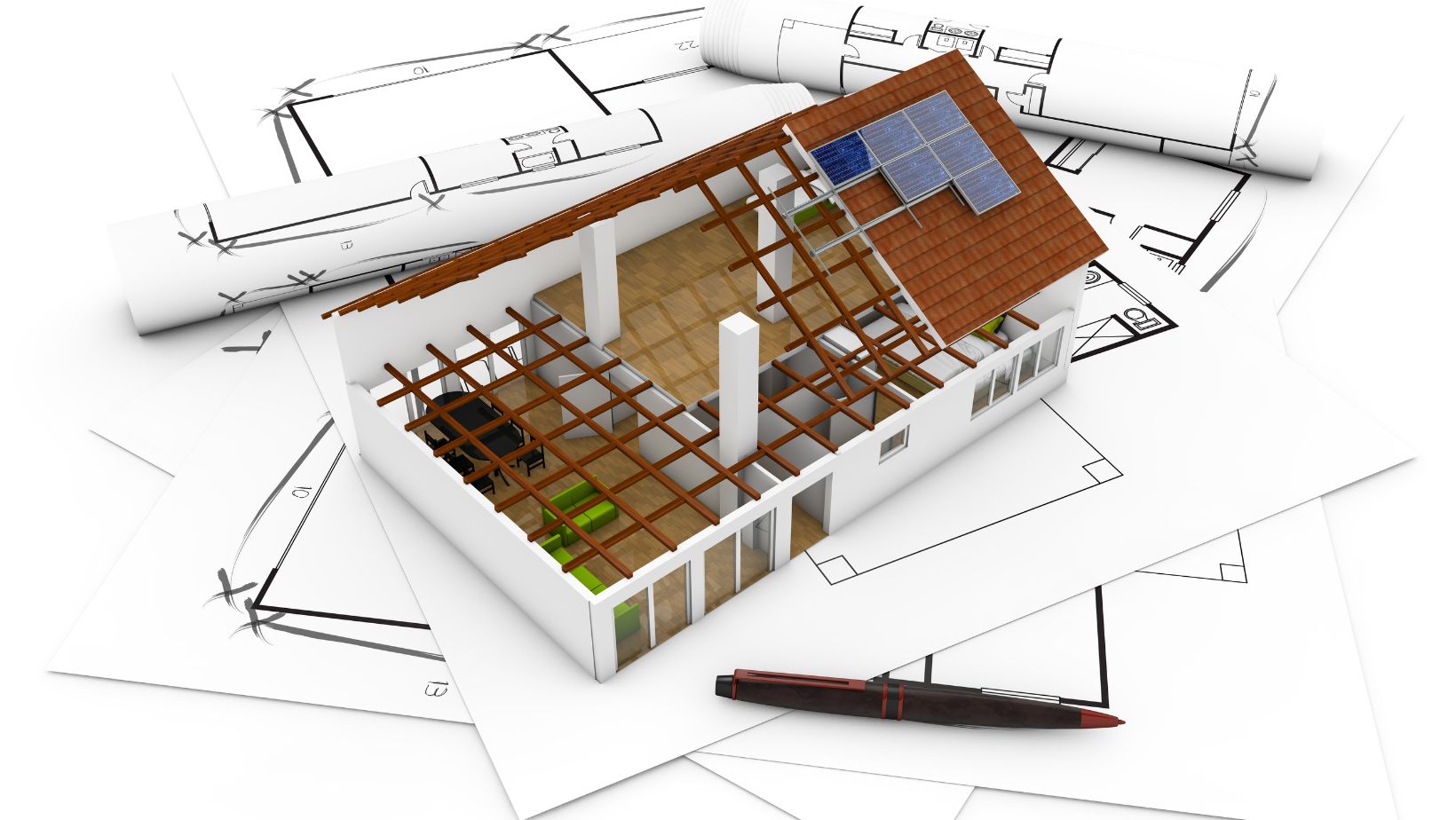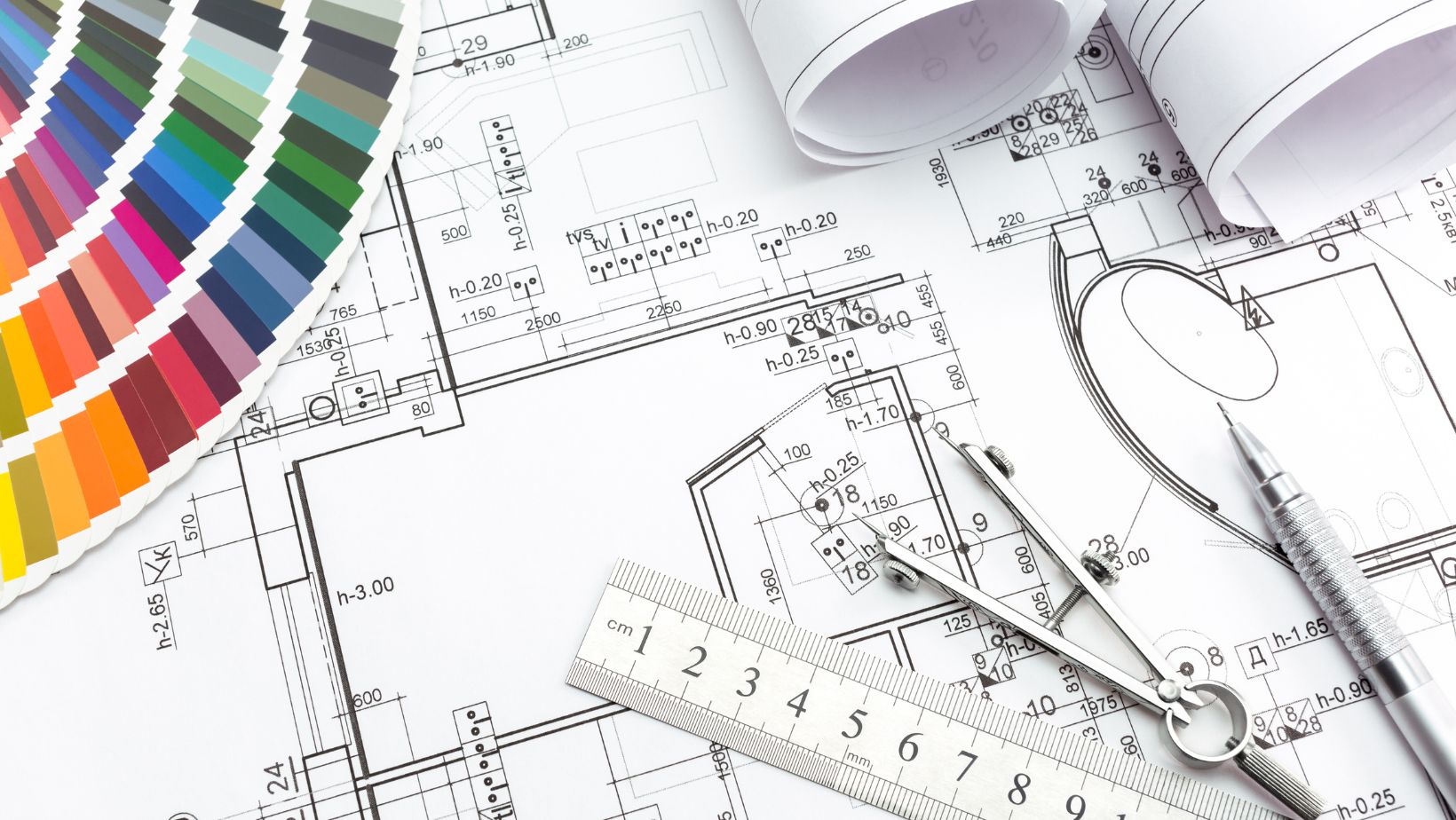
Innovation is the cornerstone upon which groundbreaking designs and transformative spaces are crafted in architecture. From towering skyscrapers to intricate public parks, combining creativity and technology continuously reshapes urban landscapes, offering functionality and aesthetic appeal. Examining the symbiotic relationship between innovation and a leading architecture firm unveils a narrative of ingenuity, pushing the boundaries of what is possible and redefining the essence of space itself.
The Evolution of Architectural Innovation
Embracing Technological Advancements
Technological advancements have revolutionized the architectural landscape in the contemporary era, enabling architects to conceptualize and realize increasingly ambitious designs. With the evolving needs of today’s urban landscapes, leveraging advanced technology becomes imperative. Tools like Dynascape provide integrative ways for landscape professionals to manage design processes efficiently and exceed client expectations through precision and creativity. Computer-aided design (CAD) software has streamlined the design process, allowing for precise modeling and simulation of complex structures. Moreover, the advent of Building Information Modeling (BIM) has facilitated interdisciplinary collaboration, fostering innovation by integrating various design disciplines.
Sustainable Solutions: Green Architecture
In response to growing environmental concerns, architects embrace sustainable design principles to create eco-friendly spaces that minimize resource consumption and mitigate ecological impact. Green architecture encompasses passive solar design, natural ventilation, and renewable materials. By prioritizing sustainability, architects reduce the carbon footprint of buildings and contribute to creating healthier and more resilient communities.
Iconic Examples of Architectural Innovation
Several architectural marvels stand as a testament to the transformative power of innovation in shaping spaces. The Burj Khalifa in Dubai, the world’s tallest skyscraper, exemplifies the fusion of cutting-edge engineering and visionary design. Its sleek silhouette and innovative structural system showcase the possibilities of pushing architectural boundaries to new heights.
Adaptive Reuse: Transforming Heritage Spaces
In addition to creating new structures, architects are increasingly focusing on adaptive reuse projects that breathe new life into existing buildings and heritage sites. By repurposing abandoned factories, warehouses, and historical landmarks, architects preserve cultural heritage and contribute to sustainable urban development.

Adaptive reuse projects often celebrate the juxtaposition of old and new, creating dynamic spaces that honor the past while embracing the future.
Human-Centric Design: Enhancing Quality of Life
Central to architectural innovation is the principle of human-centric design, which prioritizes the well-being and comfort of occupants. From ergonomic office spaces to inclusive public parks, architects reimagine the built environment to elevate the quality of life and nurture community engagement. Integrating abundant natural light, lush greenery, and universally accessible design features, architects sculpt environments that foster physical vitality, mental well-being, and social connectivity. These spaces serve as catalysts for interaction, creativity, and collective experiences, enriching the fabric of urban landscapes and enhancing the daily lives of those who inhabit them.
Innovative architectural designs seek to foster connectivity and social interaction by creating spaces that facilitate spontaneous encounters and community engagement. Urban plazas, pedestrian-friendly streetscapes, and mixed-use developments encourage serendipitous interactions and cultivate a sense of belonging. By promoting social cohesion and interaction, these spaces contribute to the vibrancy and livability of urban environments, enriching the everyday experiences of residents and visitors alike.
Embracing Cultural Diversity and Inclusivity
Inclusive design principles, integral to contemporary architectural innovation, transcend mere functionality, aiming to foster a sense of belonging and mutual respect among inhabitants. Architects embrace cultural diversity and employ universal design features such as barrier-free entrances, tactile signage, and multilingual wayfinding systems to accommodate diverse needs and experiences. Beyond accessibility, architectural expression becomes a conduit for celebrating cultural heritage and identity, infusing spaces with narratives that resonate with individuals from all walks of life. By weaving together elements of inclusivity and artistic appreciation, architects create environments that serve their practical functions and enrich the social fabric of communities, embodying the ethos of unity in diversity.
The Role of Innovation in Urban Planning
Beyond individual buildings, innovation also plays a crucial role in urban planning, shaping the fabric of cities and neighborhoods. Innovative city initiatives leverage technology to optimize infrastructure, improve transportation systems, and enhance overall urban efficiency. Furthermore, participatory planning approaches empower communities to engage in the decision-making process actively, ensuring that urban spaces reflect their inhabitants’ diverse needs and aspirations. These initiatives often involve collaboration between various stakeholders, including government agencies, urban planners, and a reputable architecture firm, to develop holistic solutions that address modern cities’ complex challenges.

Innovation lies at the heart of architectural design, creating spaces that inspire, empower, and enrich the human experience. From pioneering structural systems to sustainable solutions, architects push the boundaries of creativity and technology, profoundly shaping the built environment. As one looks to the future, the ongoing pursuit of innovation promises to redefine the conception of space and transform how one inhabits and interacts with the world.












